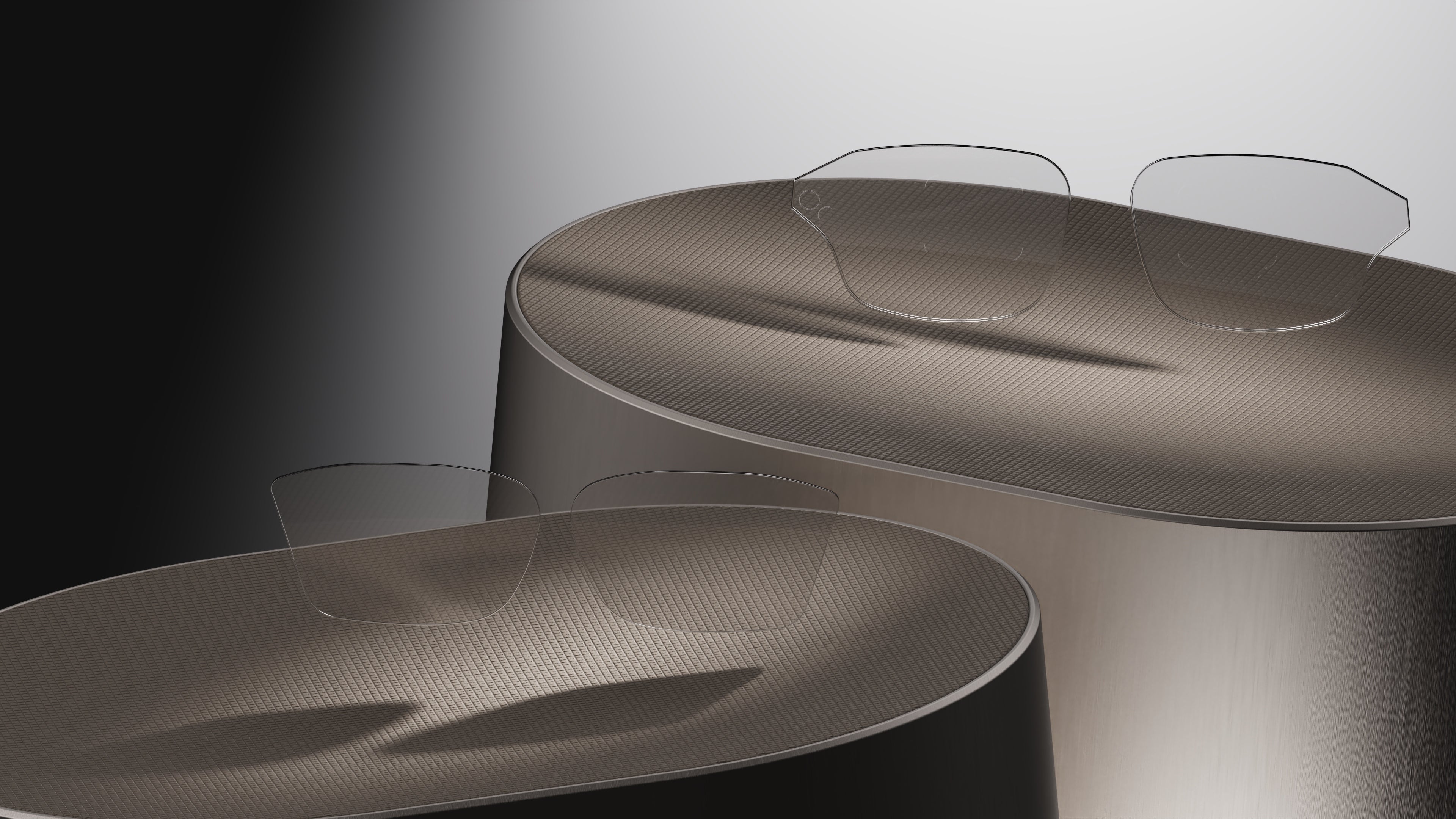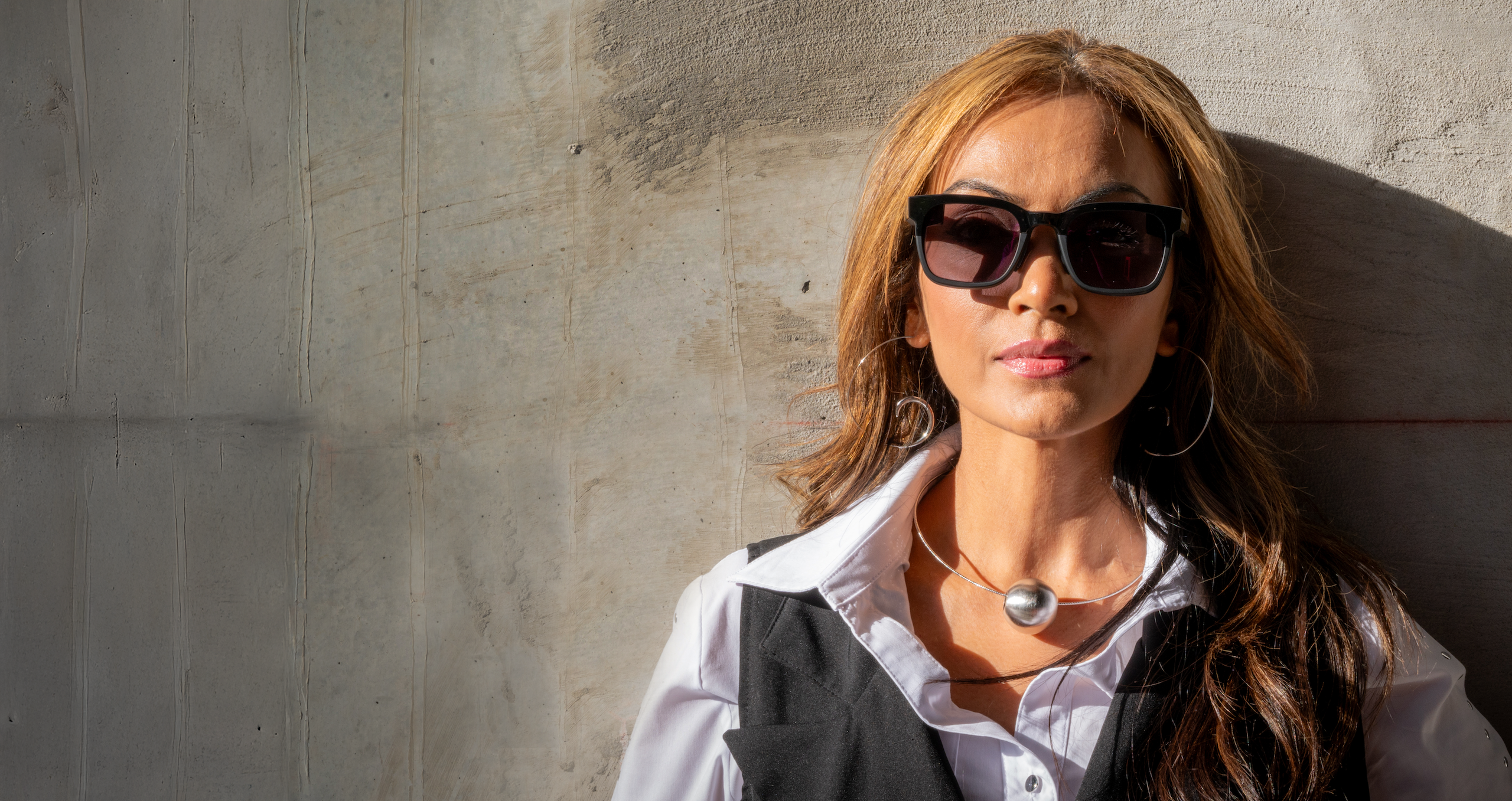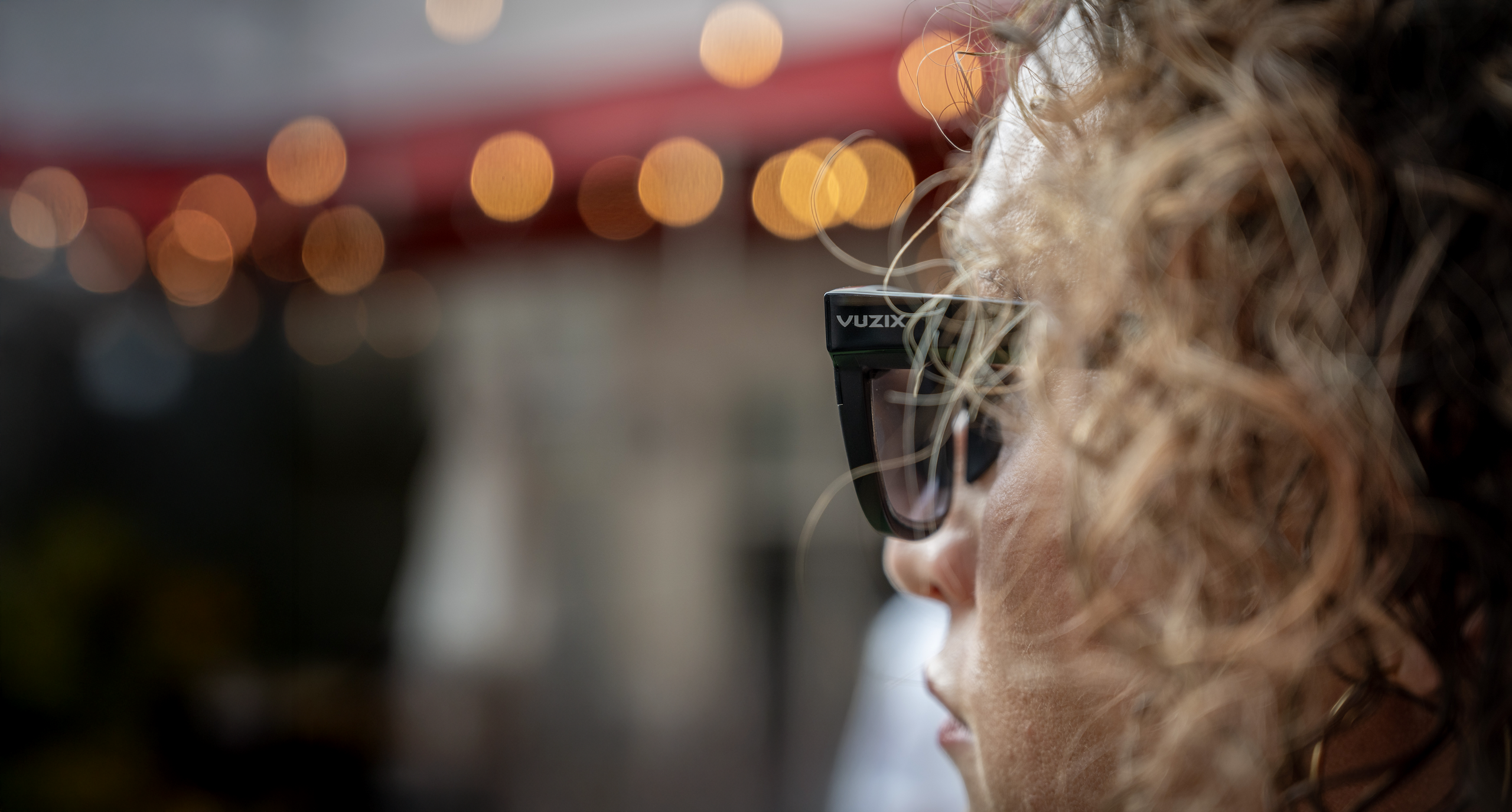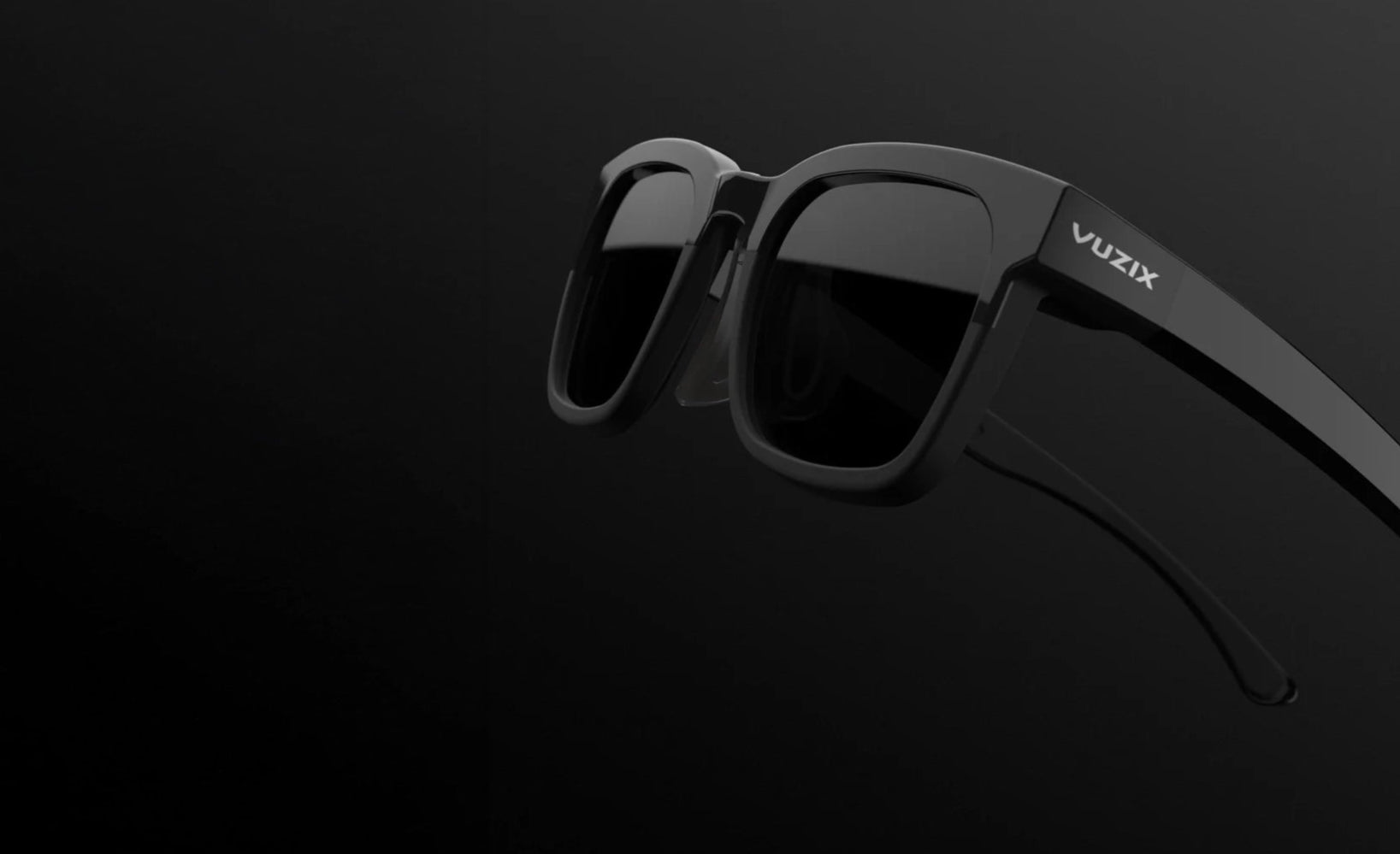
Why Eyewear Brands Choose Vuzix
- Decades of smart eyewear leadership and innovation
- Proprietary waveguides
- Ecosystem of display, optics, and electronic component technologies
- Extensive software ecosystem & partner integrations
- Lightweight, fashion-friendly reference designs
- Universal, broad-based prescription fulfillment
- Deep manufacturing partnerships across the supply chain
- Flexible OEM/ODM and white label model options to fit your business
Our Value To You: Three Ways Vuzix Makes Smart Eyewear Simple

Democratize
Vuzix’s modular OEM platforms mean you can customize high-performance AR/AI eyewear—lightweight frames, cameras, onboard processing, color options, audio, battery life, and more—according to your design language and brand aesthetic.
We’ve spent decades investing in display technology, waveguides, sensors, and ergonomics so you don’t have to. You get premium smart eyewear capabilities at accessible development costs.

De-risk
Smart eyewear requires deep expertise across optics, electronics, display systems, waveguides, firmware, software ecosystems, ODM/CM manufacturing, and global certifications. Vuzix brings all of it to the table.
You stay focused on fashion, comfort, brand identity, user experience, marketing, and distribution – the things that add true distinction to an eyewear label. We handle the technical execution, engineering, component selection, and industrialization.

Demystify
Vuzix provides clear guidance and transparent trade-offs. Entering the AR/AI eyewear space doesn’t have to be complicated. We walk with you through each step of the decision-making process. See below for a set of questions for consideration.
We explain everything plainly and help you choose only what matters for your product vision.
You get a curated menu of technology options—and full control over the final product direction.
Your Path to a Smart Eyewear Product — Made Simple
Step 1: Vision & Brand Alignment
We begin by understanding your brand, your target customer, and the use cases you want to deliver—whether lifestyle, productivity, wellness, accessibility, fashion-forward, or enterprise crossover.
Step 4: Engineering & Prototyping
Electrical, mechanical, optical, and firmware development—handled by Vuzix. We quickly iterate with your team to reach a prototype that meets your technical, ergonomic, and stylistic goals.
Step 2: Technology Exploration & Education
A guided walkthrough of available components, display technologies, form factors, processors, cameras, sensors, and audio options. Our team lays out trade-offs, performance characteristics, and design implications in a clear, digestible way.
Step 5: Validation, Certification & Manufacturing
We guide you through performance testing, global regulatory approvals, and ODM/CM manufacturing partnerships to bring your smart eyewear to market with reduced cost, risk, and development time.
Step 3: Concepting & Industrial Design Collaboration
Your design team leads the aesthetic. Our engineering team ensures technical feasibility. Together we define the concept that feels authentically “you”—powered by Vuzix’s proven tech.
Step 6: Launch with
Confidence
You bring a category-defining product to market—backed by Vuzix’s world-class technology, support, and real-world AR/AI expertise.
FAQ for Eyewear Designers Exploring Smart Glasses
What technology components does Vuzix provide?
Waveguides, displays engines, cameras, processors, sensors, audio systems, firmware, and reference designs.
Can we keep our own brand’s design language?
Yes. You control industrial design, aesthetics, user experience, and branding.
What if we don’t know what specs we need?
Vuzix guides you through trade-offs and helps you choose components.
What questions should I consider when building smart eyewear?
- What display type aligns with your target demographic?
- How much onboard processing do you really need?
- Does your design account for the realistic trade-offs between field-of-view, brightness, battery life, and weight?
- How do different waveguide technologies compare against your needs?
- Should you opt for camera-equipped or camera-free designs?



